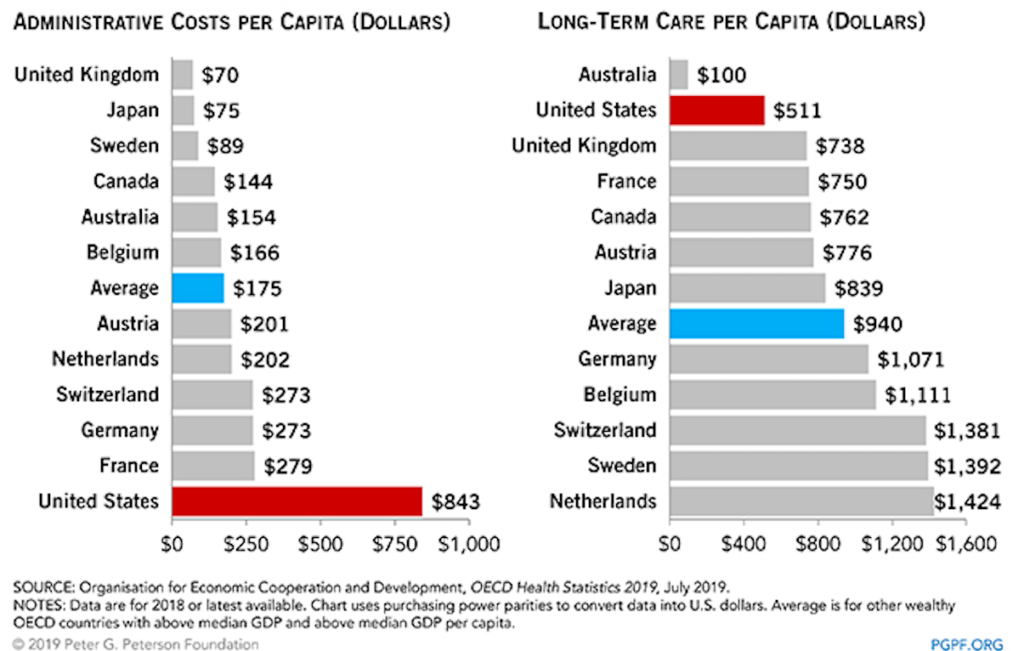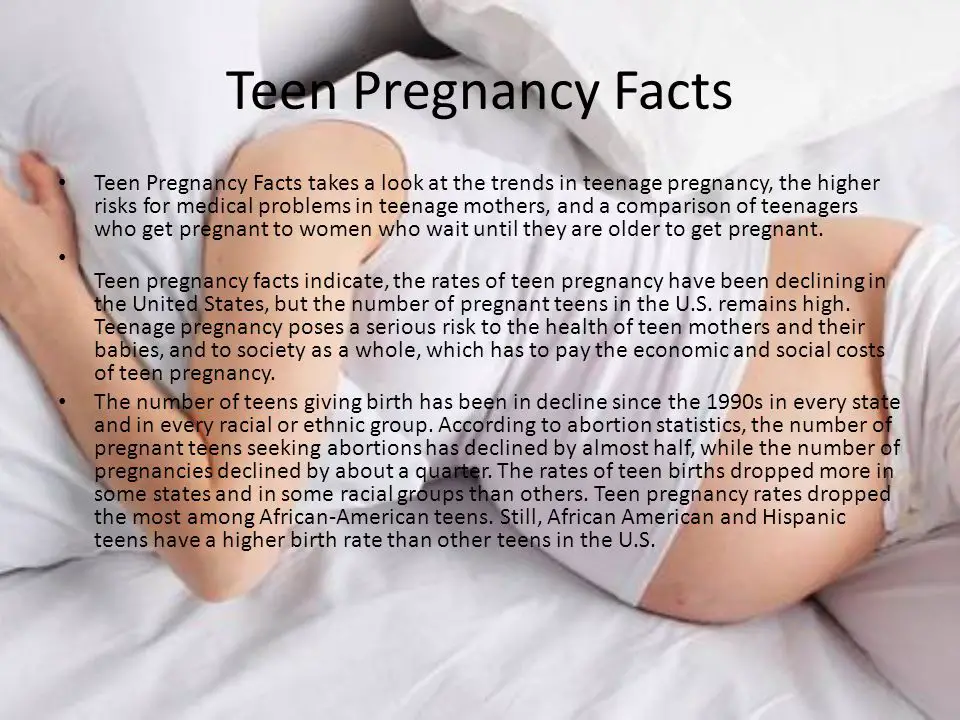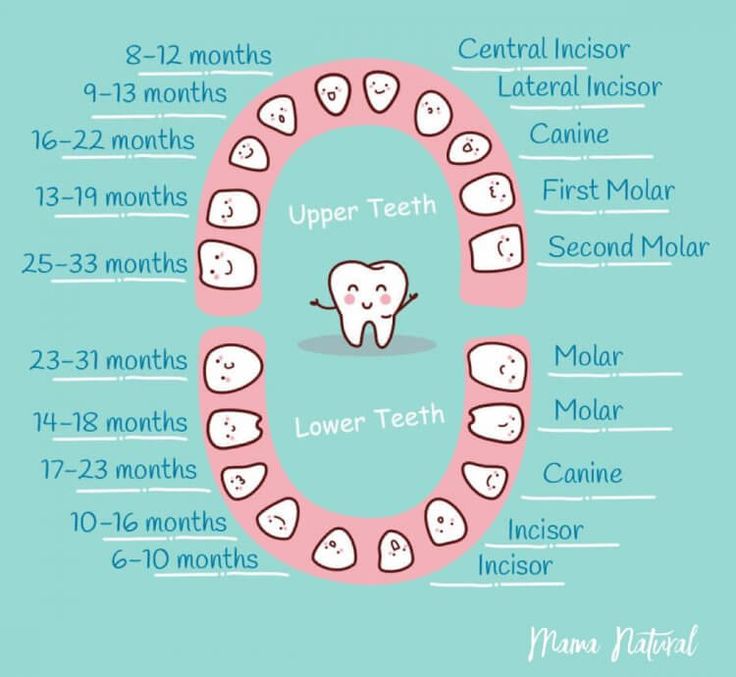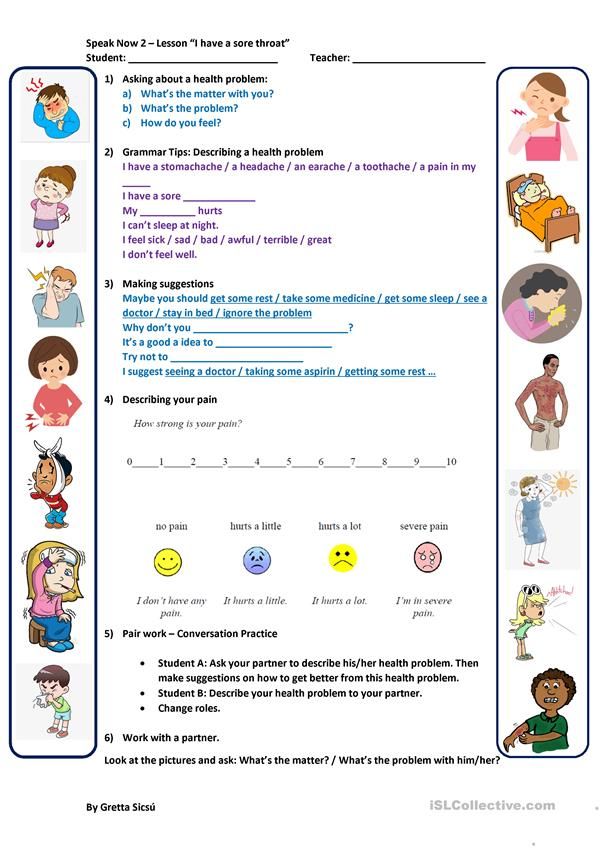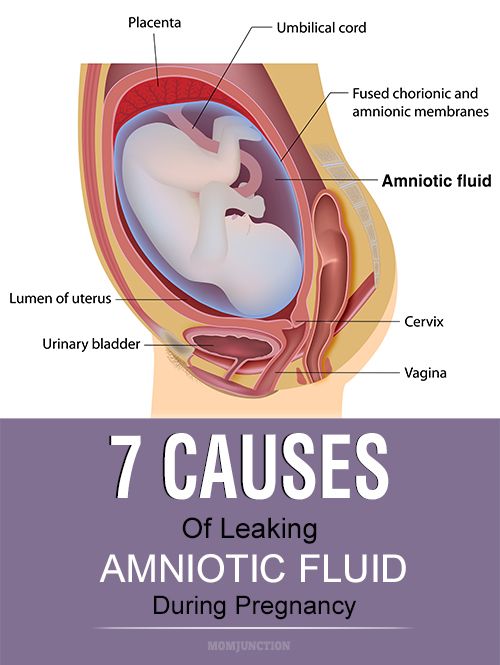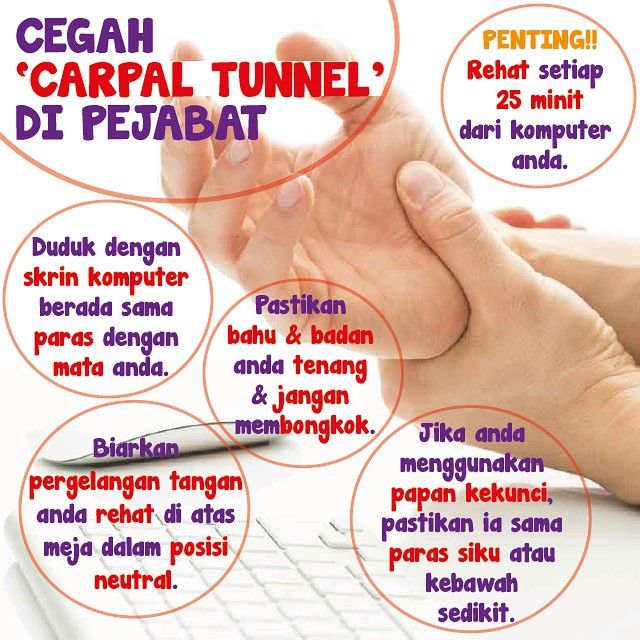How does single parenting affect child development
Child Well-Being in Single-Parent Families
This post highlights the latest statistics and demographic trends involving single-parent families. It identifies some common hurdles facing these families and shares opportunities for supporting both single parents and their children.
Defining Children in Single-Parent Families
The Annie E. Casey Foundation’s KIDS COUNT® Data Center uses U.S. Census Bureau data to define children in single-parent families. This demographic group describes any child under age 18 who lives with an unmarried parent. Children living with cohabiting couples are included in this group, but children living with a married parent and stepparent are not.
Statistics About Children in Single-Parent Families
In the United States today, nearly 24 million children live in a single-parent family. This total, which has been rising for half a century, covers about one in every three kids across America. A number of long-term demographic trends have fueled this increase, including: marrying later, declining marriage rates, increasing divorce rates and an uptick in babies born to single mothers.
Within single-parent families, most children — 15 million — live in mother-only households. Nearly 6 million kids live with cohabitating parents and some 3 to 4 million kids live in father-only households, according to 2019 estimates.*
Among unmarried parents, the share of single mothers has shrunk in recent decades while the share of cohabiting parents has grown.
Statistics by Race, Ethnicity and Family Nativity
The likelihood of a child living in a single-parent family varies by race, ethnicity and family nativity. Data from 2019 indicates that:
- Black and American Indian kids are most likely to live in a single-parent families (64% of Black children and 52% of American Indian children fit this demographic).
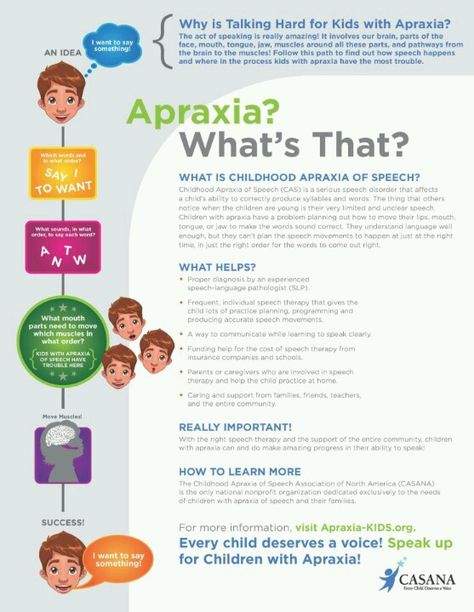
- White and Asian and Pacific Islander kids are least likely to live in a single-parent household (24% of white children and 15% of Asian and Pacific Islander children fit this demographic).
- Latino children and children who identify as two or more races fall somewhere in the middle — with 40% of kids from these groups living in a single-parent family.
- Family nativity makes a difference: 38% of kids in U.S.-born families live in a single-parent household compared to just 24% of kids in immigrant families.
Single-Parent Family Differences by State, City and Congressional District
The likelihood that a child lives in a single-parent family varies by location.
At the state level, this statistic varies — from a low of 19% of kids in Utah to a high of nearly 50% of kids in Louisiana and Mississippi living in a single-parent household.
Among the 50 most populous U.S. cities with data in 2019: The share of children in single-parent families ranged from a low of 21% in Seattle to a high of 71% in Cleveland.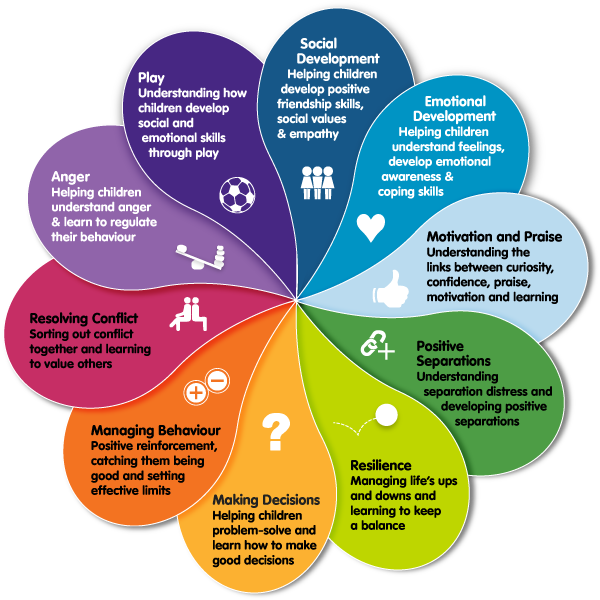 The KIDS COUNT Data Center also breaks this statistic down by Congressional District, which indicates even greater variation locally — from a low of 14% to a high of 71% in 2019.
The KIDS COUNT Data Center also breaks this statistic down by Congressional District, which indicates even greater variation locally — from a low of 14% to a high of 71% in 2019.
Statistics on Single-Parent Homes and Poverty
Family structure and socioeconomic status are linked, according to 2019 data. Nearly 30% of single parents live in poverty while just 6% of married couples fit this same statistic. Among one-parent households: Single parents are more likely to live in poverty when compared to cohabiting couples, and single mothers are much more likely to be poor when compared to single fathers.
Common Challenges of Single-Parent Families
A number of factors have fueled the rise in single-parent families. For instance: More people are opting to marry later in life, skip marriage altogether and have kids outside of marriage. At the same time, marriages have grown more likely to end in divorce.
More than 20% of children born to married couples will experience a divorce by age 9 and more than 50% of kids born to cohabiting couples will experience a parental breakup, according to some estimates.
Transitioning to a single-parent household can disrupt a child’s routines, education, housing arrangement and family income. It can also intensify the incidence of parental conflict and stress. These changes can be very difficult — and even traumatic — for some children.
Compared to kids in in married-parent households, children in single-parent families are more likely to experience poor outcomes. While the research is complex, sometimes contradictory and evolving, mounting evidence indicates that underlying factors — strong and stable relationships, parental mental health, socioeconomic status and access to resources — have a greater impact on child success than does family structure alone.
Children thrive when they have safe, stable and nurturing environments and relationships, and these conditions and connections can exist in any type of family.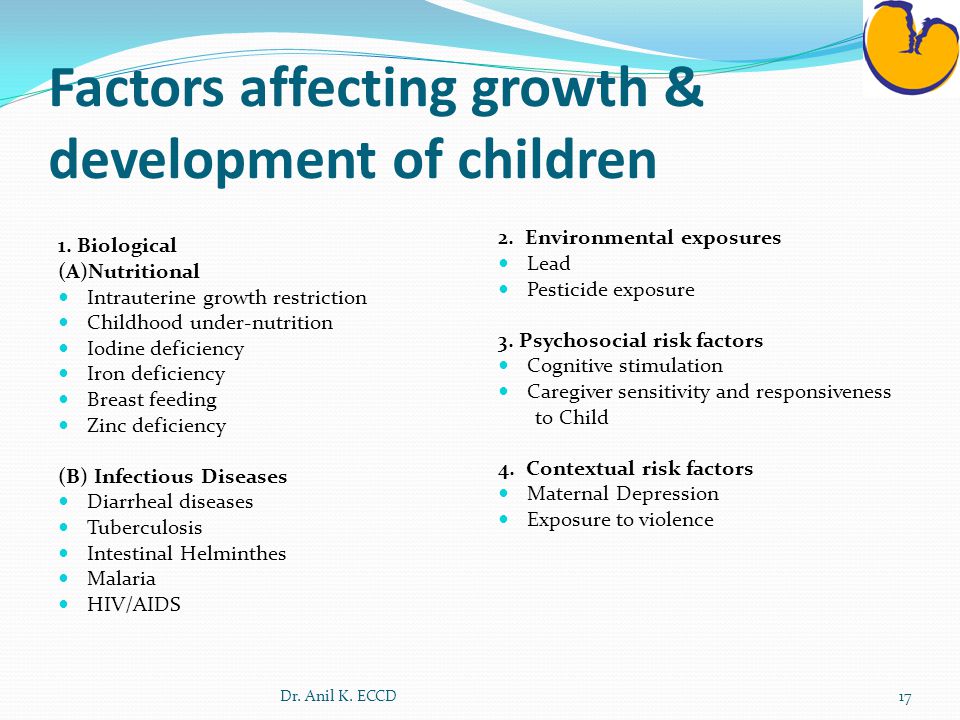
Socioeconomic Disadvantage and its Impact on Children
Single-parent families — and especially mother-only households — are more likely to live in poverty compared to married-parent households. Given this, kids of single parents are more likely to experience the consequences of growing up poor. Children in poverty are more likely to have physical, mental and behavioral health problems, disrupted brain development, shorter educational trajectories, contact with the child welfare and justice systems, employment challenges in adulthood and more.
Many families are low-income but sit above the federally-defined poverty line. Children from these families often face similar challenges and live in communities with limited access to quality health care, comprehensive support services and enriching activities.
Researchers have also linked poverty to parental stress. Single parents may struggle to cover their family’s basic needs, including food, utilities, housing, child care, clothing and transportation.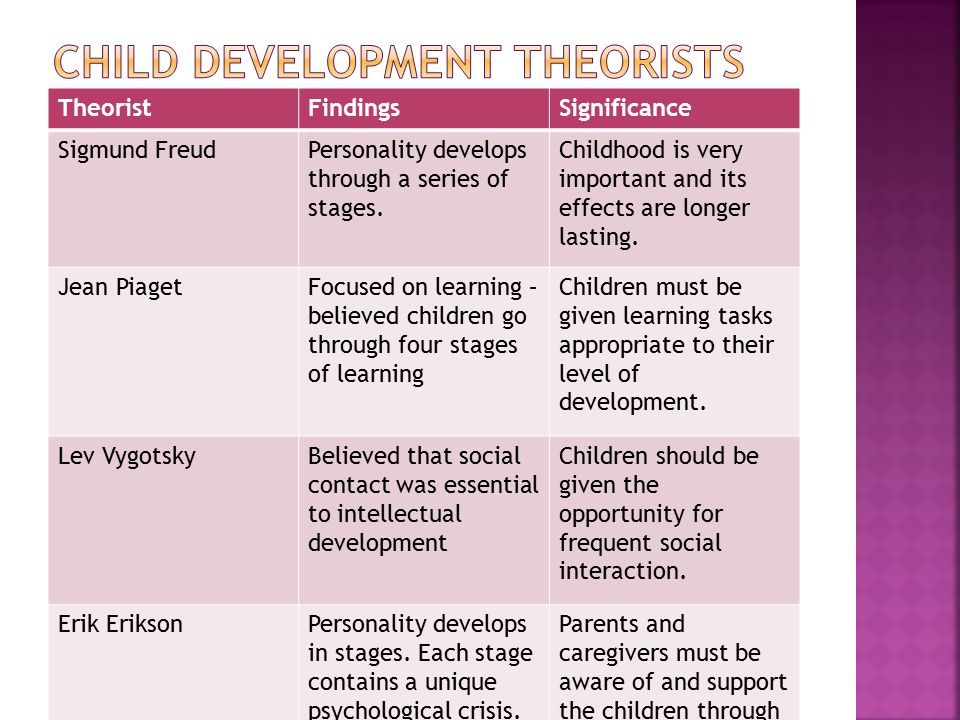 Navigating these decisions alone — and with limited resources — can send stress levels soaring. High parental stress, in turn, can spark even more challenges and adverse outcomes among the children involved.
Navigating these decisions alone — and with limited resources — can send stress levels soaring. High parental stress, in turn, can spark even more challenges and adverse outcomes among the children involved.
Also worth noting: Poverty levels for Black, American Indian and Latino children are consistently above the national average, and these generations-long inequities persist regardless of family structure.
Potential Emotional and Behavioral Impact on Children
Kids from single-parent families are more likely to face emotional and behavioral health challenges — like aggression or engaging in high-risk behaviors — when compared to peers raised by married parents. Research has linked these health challenges with factors often associated with single-parent families, such as parental stress, lost social networks, witnessing conflict, moving homes and socioeconomic hurdles.
Children of single mothers may face additional challenges.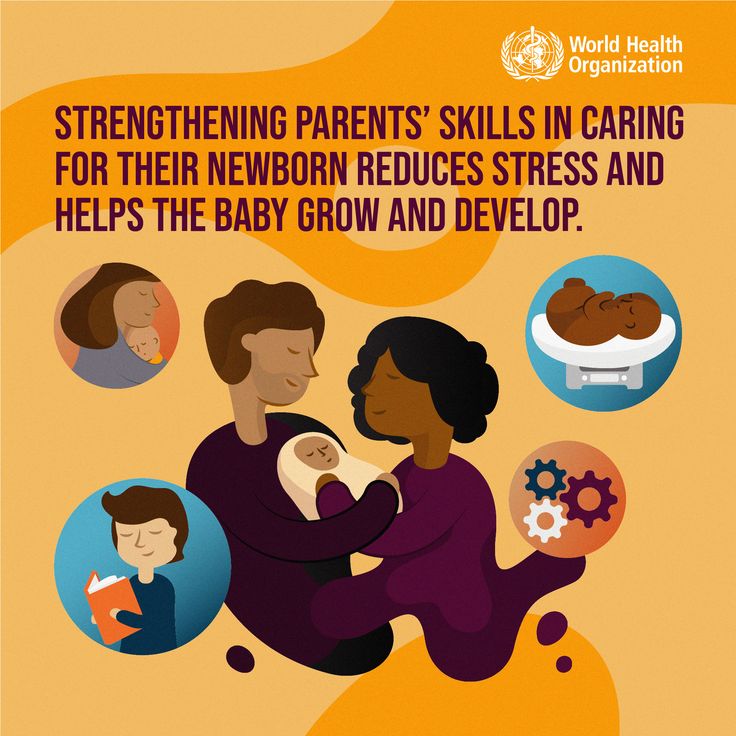 For instance: Depression, which can negatively impact parenting, is common among recently divorced mothers.
For instance: Depression, which can negatively impact parenting, is common among recently divorced mothers.
Such hardships would be difficult for any child. But kids can recover and thrive — particularly when raised with the benefits of nurturing relationships, stability, and mental health support.
Potential Impact on Child Development
Experts are increasingly viewing child development disruptions through the lens of adverse childhood experiences (ACEs). These potentially traumatic events can take many forms, such as divorce or parental separation, poverty, mental health challenges, substance use and abuse at home, exposure to violence, and so forth. ACEs can cause “toxic stress,” which can lead to lasting, deleterious disruptions in a child’s physical and mental health, education and other life outcomes.
The risk of ACE exposure varies by a child’s race and ethnicity, with American Indian and Black children more likely to experience multiple ACEs than peers from other racial and ethnic categories. Generally speaking, however: The more ACEs a child experiences, the greater the risk of harmful effects.
Generally speaking, however: The more ACEs a child experiences, the greater the risk of harmful effects.
Potential Influence on Education
Academically speaking, children in single-parent families are more likely to drop out of high school when compared to peers with married parents. This heightened risk is likely is due to factors associated with many single-parent households; research indicates that children with fewer economic resources, more family instability, and more ACEs are at increased risk of poor educational outcomes — including dropping out of school.
Changes in Time Spent with Parents
While every family situation is unique, children in single-parent households are likely to have less time with their parent when compared to peers in cohabiting- or married-couple households. This is particularly true if that parent works more than one job or long hours to make ends meet.
After a divorce or parental breakup, children often have less time with their nonresident parent, which is typically the father. Maintaining an involved, nurturing relationship with the noncustodial parent is highly important for a child’s well-being.
Maintaining an involved, nurturing relationship with the noncustodial parent is highly important for a child’s well-being.
A Better Infrastructure and Stronger Safety Net for Families
Many program and policy strategies exist to support children in single-parent families and to reduce inequities due to race, ethnicity and socioeconomic status. For example, outcomes for these children can be improved by:
- Strengthening financial safety net programs and improving affordable housing, which can reduce instability and parental stress.
- Providing affordable, accessible high-quality early childhood education, which has critical benefits for child development and supports parental employment and family stability.
- Maximizing two-generation community development strategies that improve the quality of schools for kids and build job and parenting skills for the adults in their lives.

- Offering trauma-informed and culturally appropriate services — such as home-visiting services, parent education, mental health care and substance use treatment — that address parental stress and support family relationships.
- Supporting the needs of young parents and also young fathers, especially those of color.
Strengths of Single-Parent Families
Many single parents provide stable, loving environments and relationships for their children. Examples of how single-parent families can benefit children include:
- Solo parents may have more time to focus on their kids if they no longer need to spend time focusing on the needs of their spouse or partner.
- Years of fighting may precede a divorce or separation. Ending this conflict and providing calm environments can reduce stress for both the children and parents.
Changing the Conversation About Children in Single-Parent Families
Children can thrive in any family structure, and family structures can change over time. Family types have also become more diverse, with blended step-families, same-sex parent families, children living with relatives and more.
Family types have also become more diverse, with blended step-families, same-sex parent families, children living with relatives and more.
In addition, single parents who choose to have kids through donors or surrogacy may not have the same socioeconomic disadvantages and parental stress associated with other single parents. As we think about family structure and single-parent families, it may be helpful to keep in mind these nuanced and evolving issues.
For many years, the conversation among researchers, advocates, policymakers and others regarding single-parent families has focused on how this family type might negatively affect children. What if, instead, we focus on what children need to thrive?
We know that all young people — including kids in single-parent families — flourish when they have caring, committed relationships with parents or other loving caregivers. We also know the importance of safe, stable homes, communities and families that have adequate socioeconomic resources, social supports and services.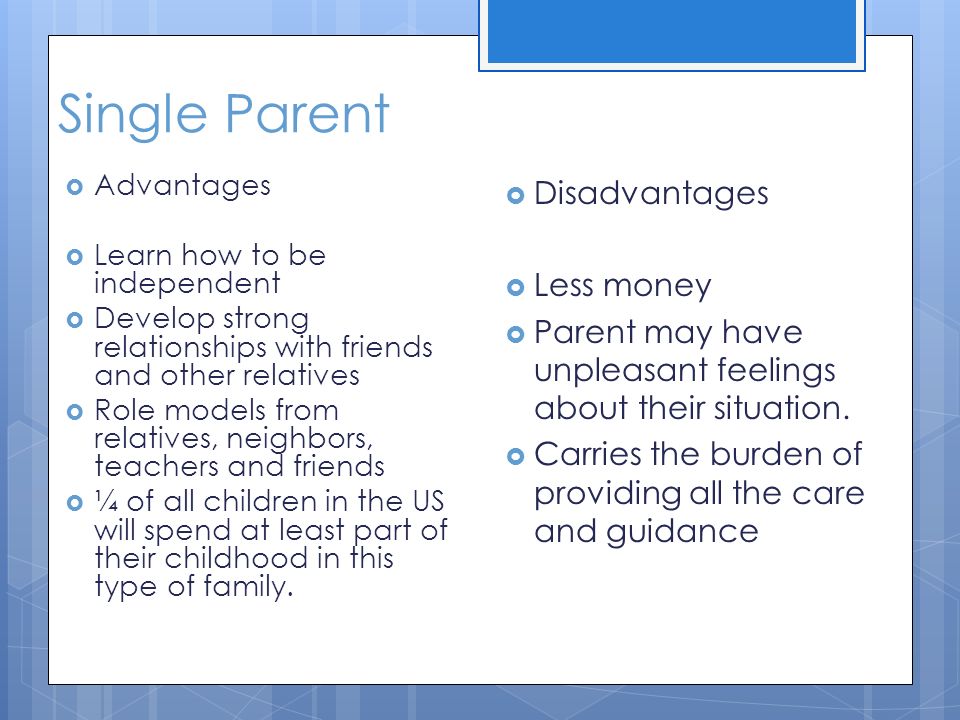 Focusing on quality-of-life experiences and ensuring equitable access to opportunities can help young people reach their full potential.
Focusing on quality-of-life experiences and ensuring equitable access to opportunities can help young people reach their full potential.
Learn More About Vulnerable Families and Stay Connected
For decades, the Annie E. Casey Foundation has promoted the well-being of vulnerable children and youth, including those in single-parent families. The Foundation has tracked data, published resources, supported programs and advocated for policies to improve the lives of these children, youth and families. Explore the Foundation’s many publications, tools and best practices, blog posts and other resources, such as:
- Report: Family-Centered Community Change
- Report: Opening Doors for Young Parents
- Blog Post: Thrive by 25 Announcement
- Strategies: Economic Opportunity
- Strategies: Equity and Inclusion
- Resources: Fatherhood
- Resources: Child Poverty
- Resources: Earned Income Tax Credit
- Resources: Racial Equity and Inclusion
- Resource: KIDS COUNT Data Book
Sign up for our newsletters to get the latest reports and resources
* These 2019 estimates are the latest data available from the American Community Survey.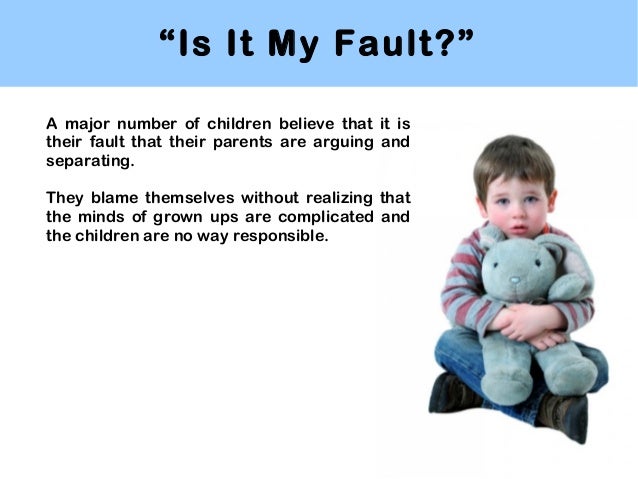 Single-year estimates for 2020 were not released. The KIDS COUNT Data Center will add single-year estimates for 2021 when available.
Single-year estimates for 2020 were not released. The KIDS COUNT Data Center will add single-year estimates for 2021 when available.
Disentangling the Effects of Family Structure on Boys and Girls
Here are some of the well-known risks for children growing up with a single mother compared to their peers in married-couple families: lower school achievement, more discipline problems and school suspension, less high school graduation, lower college attendance and graduation, more crime and incarceration (especially for boys), less success in the labor market, and more likely to become single parents themselves (especially for girls), thereby starting the cycle all over again for the next generation. As Melanie Wasserman writes in her article “The Disparate Effects of Family Structure,” published in the spring 2020 issue of The Future of Children, “children who grow up in households without two biological married parents experience more behavioral issues, attain less education, and have lower incomes in adulthood.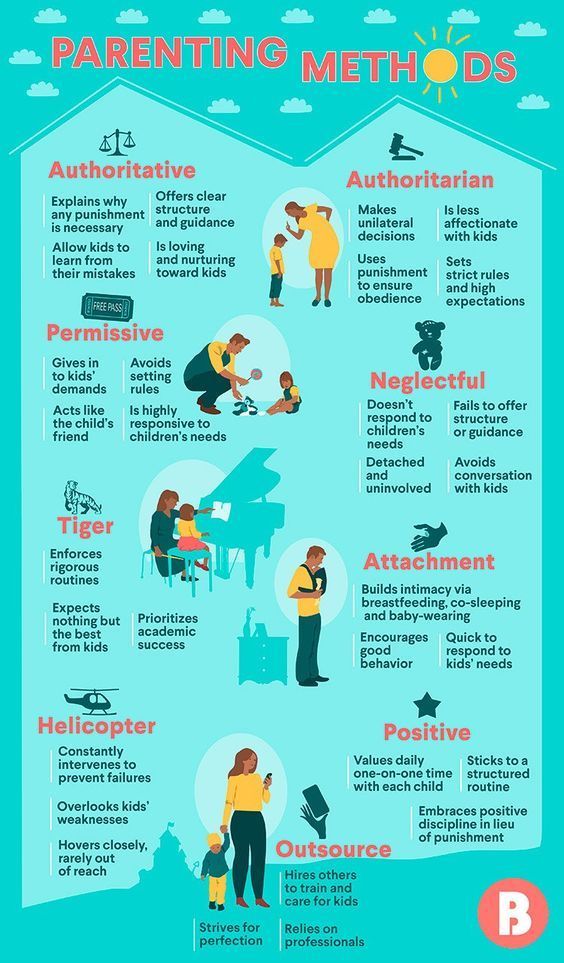 ”
”
Yes, we know all that.
What we don’t know for sure is why. What are the mechanisms that cause children growing up with a single parent to be more likely to get in trouble in school, for instance? Are there selection effects; that is, do women who become single mothers differ from those who marry? Is the problem the absence of a male “role model,” or is it the lack of parental time and money? Since white children are far more likely to grow up with two parents than black, does race play any role in these family structure disparities? And finally, given what we know, what policies might help equalize the life chances of children of single and married parents?
Wasserman, an economist at UCLA, tries to bring us closer to disentangling some of the threads in this knot of questions. She tackles them only indirectly, by focusing on how the effect of family structure varies by children’s gender and race. But, though the mysteries remain, it’s an approach that strengthens the case for a number of crucial theories scholars can work with.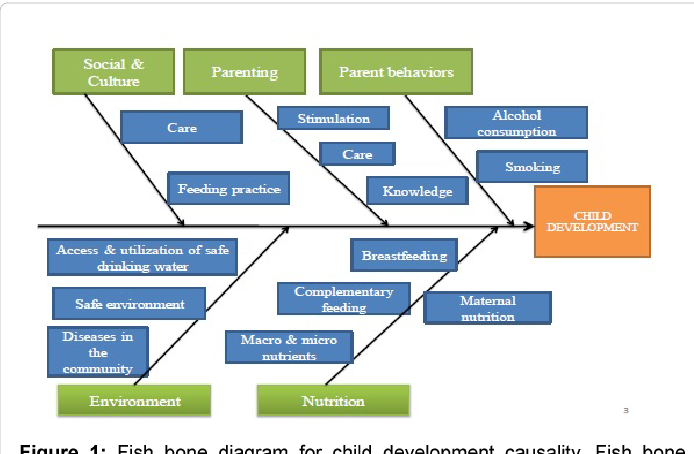
That “The Disparate Effects” can’t fully resolve the question about why family structure is related to children’s well-being is not a criticism. Scholars have been trying to get an air-tight fix on the question since the 1965 Moynihan report and that’s not likely for the foreseeable future. Wasserman mentions a number of the roadblocks. We can’t randomly assign a child to a family to test a proposition, and even if we could, there’s no way to hold a family’s “inputs” constant. Parents lose jobs, become disabled, get divorced, or remarry; the same child of married parents in one snapshot study could be the child of a single mother in another one three years later.
Then there is the cause-and-effect merry-go-round. Kids with more behavior problems may increase household tension, which could lead to divorce, or in the case of unmarried parents, father estrangement; or parents who fight could intensify a sensitive child’s problem behavior, which in turn aggravates the couples’ conflict and ultimately lands them in divorce court.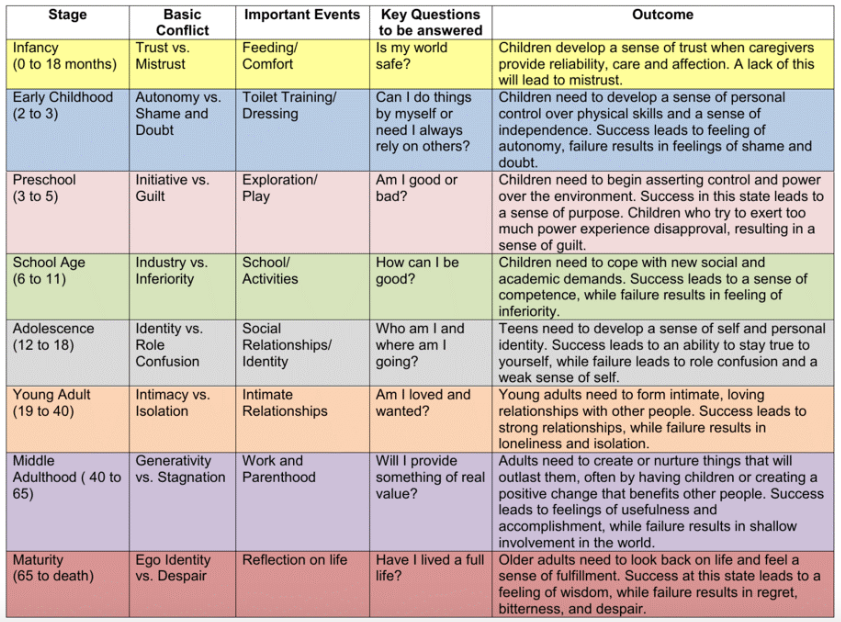 Financial difficulties could stress out a couple so much they ultimately file for divorce, which might then limit the parents’ ability to save for college. Should researchers list financial difficulties or family breakup as the cause of a child’s curtailed education?
Financial difficulties could stress out a couple so much they ultimately file for divorce, which might then limit the parents’ ability to save for college. Should researchers list financial difficulties or family breakup as the cause of a child’s curtailed education?
The most confident of Wasserman’s conclusions will be familiar to most family scholars: ”the absence of a biological father in the home yields especially negative consequences for boys." The evidence on that score is sizeable. In school, boys growing up with a single mother are more often described by teachers as exhibiting externalizing or acting out behavior; sons of single mothers are more likely to be suspended in the 8th grade than those of married parents. (Girls have a similar gap by family structure, but they are suspended far less often. Girls also tend to internalize their struggles with father-absence and the effects are more often relational.) Boys from single-parent families are more often diagnosed and treated for ADHD.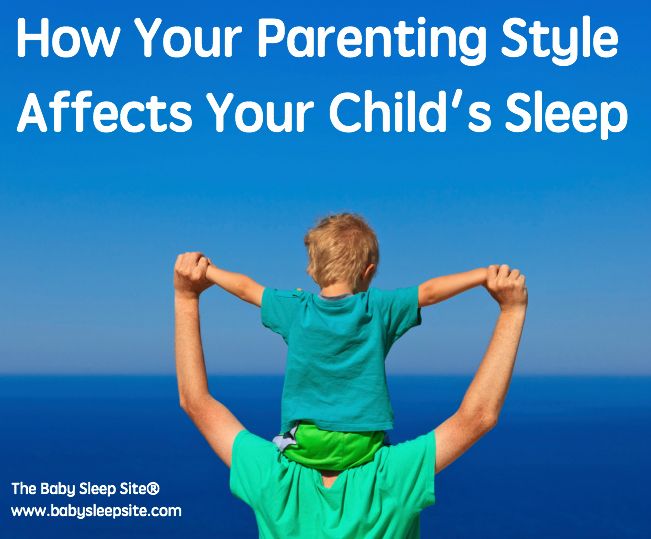 One Florida study following kids from third through eighth grade found that girls are more likely to be assessed as kindergarten-ready and less likely to be suspended than boys even when you control for maternal education, age, and Medicaid receipt; that gender gap widens considerably when you compare only the children of single mothers. Compellingly, the study found that even among children born to the same mother, sons still benefited from being born to a married mother.
One Florida study following kids from third through eighth grade found that girls are more likely to be assessed as kindergarten-ready and less likely to be suspended than boys even when you control for maternal education, age, and Medicaid receipt; that gender gap widens considerably when you compare only the children of single mothers. Compellingly, the study found that even among children born to the same mother, sons still benefited from being born to a married mother.
Though family structure doesn’t seem to have any positive or negative effect on the reading and math scores of either boys or girls, girls are still more likely to graduate high school and go on to college, probably because they are better readers and have more advanced “social skills” (i.e. fewer behavioral problems). Since sons of single mothers are more likely to be suspended than sons of married couples, and since middle school suspension predicts high school failure, that suggests that the prevalence of single parenthood plays a role in boys’ aggregate lower GPA and girls’ predominance on college campuses, a conclusion Wasserman explored in a much-cited 2015 paper “Wayward Sons” co-authored with David Autor.
One common sense theory about these gender gaps is that boys in single-parent families get fewer parental “inputs,” specifically time and resources. Wasserman is skeptical about how much this can explain. True, she notes, single mothers spend less time with, and feel less warmth towards, their sons than their daughters. But since the studies that reach these conclusions have no data on how much time the children spend with nonresidential fathers, we don’t know whether boys raised by a single mother are actually getting less overall parental attention. Other studies do actually show nonresidential dads are more attentive to their sons than their daughters, which might, or might not, compensate for maternal distance.
Does race add to our understanding of the family structure gender gap? Not really. On the one hand, as Wasserman points out, the children of white single mothers are less likely to make it through college than white kids from married-couple families, while black children from single and married families have similar college graduations.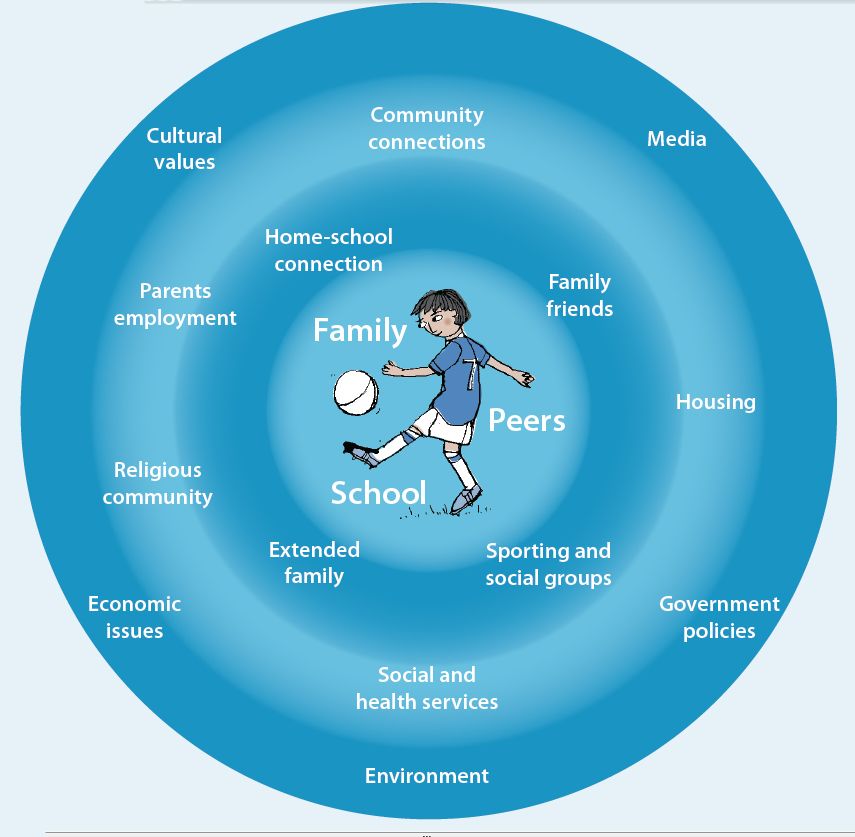 Meanwhile, the race gender gap for high school graduation runs in the opposite direction; children of white single mothers are less affected by family structure than children of black single mothers. One exception to these otherwise confusing results is that fatherlessness is strongly associated with incarceration and unemployment chances for black boys. Wasserman sees the conclusion this way:
Meanwhile, the race gender gap for high school graduation runs in the opposite direction; children of white single mothers are less affected by family structure than children of black single mothers. One exception to these otherwise confusing results is that fatherlessness is strongly associated with incarceration and unemployment chances for black boys. Wasserman sees the conclusion this way:
the effects of family structure don’t vary systematically for white and minority youth—with the exception of black boys, who appear to fare especially poorly in families and low-income neighborhoods without fathers present.
If boys, regardless of race, are more sensitive to family structure, they are also more easily swayed by where they live. Single-parent families often cluster together in the same neighborhoods and, since those households tend to be poorer than those of married couples, the neighborhoods often suffer from other sorts of disadvantages. When we consider the fact that children of single parents tend to have more unsupervised time, and that boys get less supervision than girls, we have a potential explanation for why boys may be more susceptible to peer effects.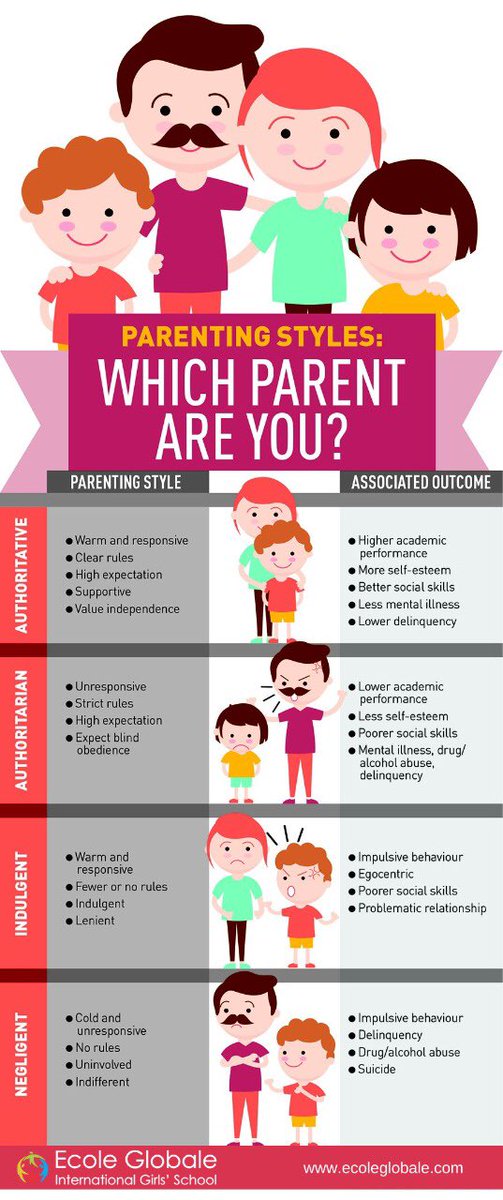 Raj Chetty’s research suggests that troubled neighborhoods limit the future of sons of single mothers more than they do their daughters. Chetty’s well-known finding that black sons of single parents benefit from living in a neighborhood with more black fathers around even if they themselves are not living with one is relevant here as well.
Raj Chetty’s research suggests that troubled neighborhoods limit the future of sons of single mothers more than they do their daughters. Chetty’s well-known finding that black sons of single parents benefit from living in a neighborhood with more black fathers around even if they themselves are not living with one is relevant here as well.
Many of the findings cited by Wasserman collide with questions beyond the expertise of an economist; they are also questions that have become so politicized as to scare off a lot of potential researchers in other fields. Are there innate emotional, developmental, and/or neurological differences between the sexes that can explain why boys are more easily affected by family structure and the neighborhoods where they live?
Relatedly, do fathers respond differently to their boy and girl children? For that matter, do mothers? The reasonable hypothesis at this point is—yes. As Wasserman points out, in married-couple families, fathers spend more time with their sons, while mothers give more time to their daughters.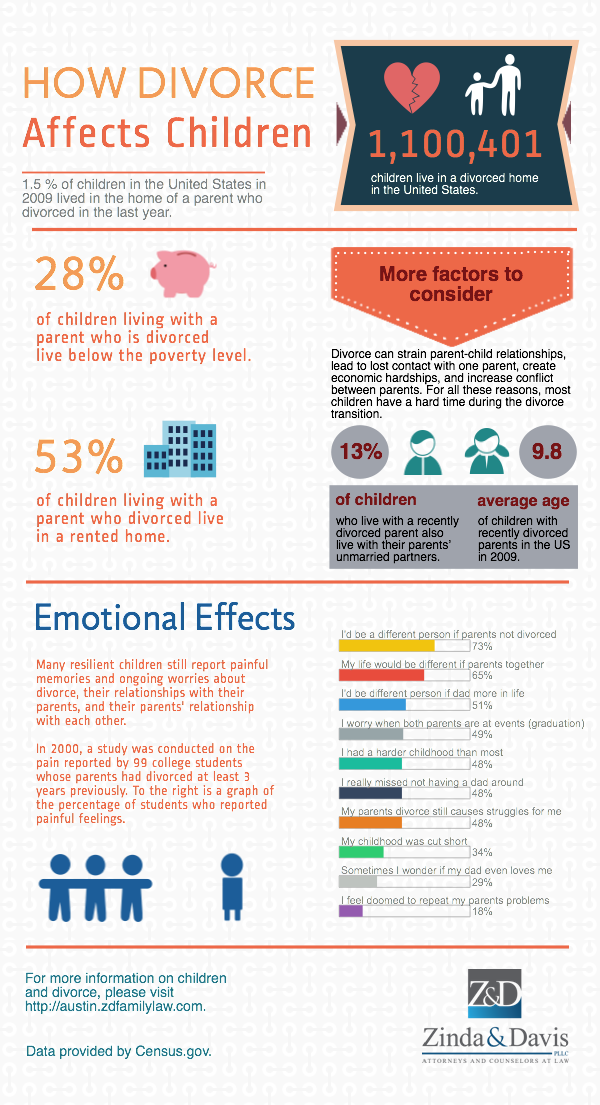 Fathers with sons are more engaged in family life. Couples whose first-born is a girl are at greater risk of divorce than those whose first child is a boy. An unmarried mother who gives birth to a son is more likely to marry the child’s father than those who have a girl. Similarly, nonresidential fathers stay more involved with their kids when one of them is a boy. Notice that the fact that fathers appear to be more drawn to their sons than their daughters doesn’t seem to compensate for the lack of a father at home.
Fathers with sons are more engaged in family life. Couples whose first-born is a girl are at greater risk of divorce than those whose first child is a boy. An unmarried mother who gives birth to a son is more likely to marry the child’s father than those who have a girl. Similarly, nonresidential fathers stay more involved with their kids when one of them is a boy. Notice that the fact that fathers appear to be more drawn to their sons than their daughters doesn’t seem to compensate for the lack of a father at home.
What does all of this mean for policy makers? Like many other family scholars, Wasserman is skeptical of marriage promotion programs, at least for the most disadvantaged parents. While middle-income mothers “benefited greatly from marriage,” she argues, children of the youngest, least educated mothers don’t see much gain from having a husband at home, likely because of the quality of available males. Those findings hold for both black and white mothers.
Unfortunately, this leaves us with the same weak tea proposals scholars have been relying on for years: school-based socio-emotional skills programs, Career Academies, more research.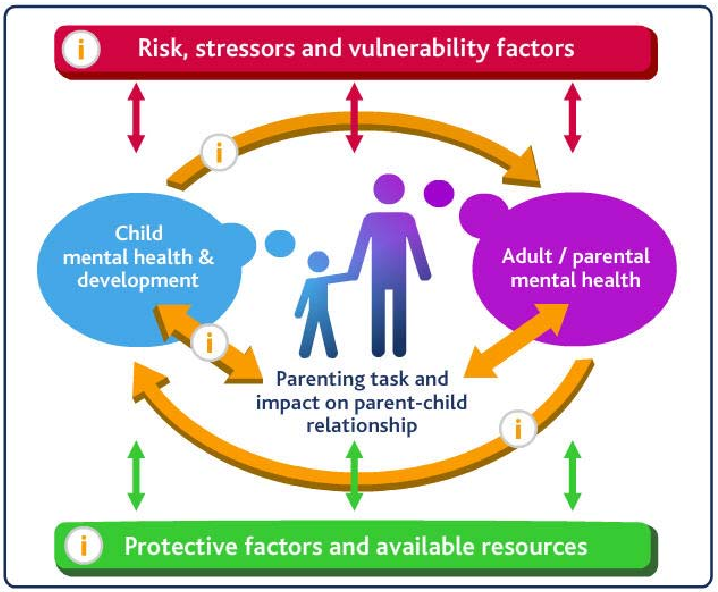 “The Disparate Effects of Family Structure” fruitfully strengthens our understanding of its subject but still leaves us wondering: now what?
“The Disparate Effects of Family Structure” fruitfully strengthens our understanding of its subject but still leaves us wondering: now what?
Kay S. Hymowitz is the William E. Simon Fellow at the Manhattan Institute and a contributing editor of City Journal. She writes extensively on childhood, family issues, poverty, and cultural change in America.
Children's loneliness: symptoms, causes, solutions
Contrary to popular belief, not only adults are lonely. Evgenia Dergacheva, Candidate of Psychological Sciences, Associate Professor of the Department of Defectology of the Faculty of Psychology and Special Education of the TSPU, talks about why children feel lonely and unhappy and what to do about it.
The feeling of loneliness is getting younger
Today the problem of children's loneliness has become urgent. Today, this problem occurs even among five-six-year-olds. Children who want to talk with a specialist without parents come to the sessions with a psychologist. This suggests that they no longer trust their close adults, which means that they will have to correct what parental actions have led to. Moreover, it will take a lot of time to correct errors. nine0005
This suggests that they no longer trust their close adults, which means that they will have to correct what parental actions have led to. Moreover, it will take a lot of time to correct errors. nine0005
There are different types of loneliness
There are two types of loneliness - physical and psychological. Physical loneliness is normal: a child is born and immediately learns to live and adapt to life. Physical distance is naturally conditioned. Every person learns to live independently from birth.
Psychological loneliness is a really powerful phenomenon that is now being observed everywhere and is constantly rejuvenated.
A child already in kindergarten may feel lonely, because the team does not accept him, they do not understand him, they do not support him.
In fact, loneliness can be both positive and negative. Much depends on individual characteristics. It happens that a child is comfortable being alone or in a small company, because this is the atmosphere familiar to him.![]() But when a child leaves this society, a problem arises that will continue into adulthood.
But when a child leaves this society, a problem arises that will continue into adulthood.
Causes and remedies
1. Loneliness at home. According to statistics, more than 80% of children do not want to go home. Every person has certain basic needs. The most important of these is a sense of security and safety.
Let's say a child has a problem: he does not feel safe in preschool or school. Because he doesn't behave like that, he doesn't study like that, he gets distracted. In this situation, educators or teachers immediately warn parents that action must be taken. As a rule, parents begin to scold the child in such a situation and make claims. The child finds himself between two fires and understands that no one will support him. In addition, parents are often not interested in the feelings and experiences of the child. Then, through trial and error, he begins to look for where he would "hang" in order to feel comfortable and natural. He can go to social networks, where it is possible to "grab" any acquaintance.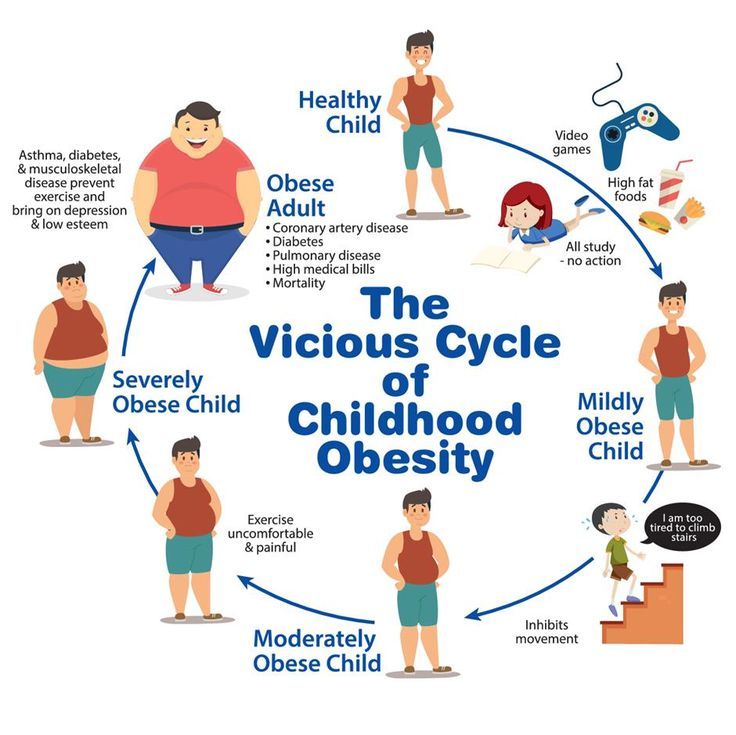 nine0005
nine0005
2. Rejection by peers. The child is ready to do anything to be in the group of his friends and buddies, satisfying one of the basic needs of this age. If acceptance does not occur and the child is left alone, the development of his personality stops. This situation is fraught with problems in relations with others in the future.
3. The problem of choosing friends. There is a rule: if you want a child to trust you and not protest at any age, never judge his friends. A friend is a very important person, a confidant. The child does not see what he is, good or bad. It must be remembered: once thrown a harsh word is fixed in the children's brain. The child fixes misunderstanding and condemnation of parents. nine0005
If you understand that friends are really bad, just show the right behavior.
Show that you are sorry that he (she) is acting ugly, wrong, etc. That is, in general terms, explain the model of behavior that you do not like, but do not evaluate, this is very important.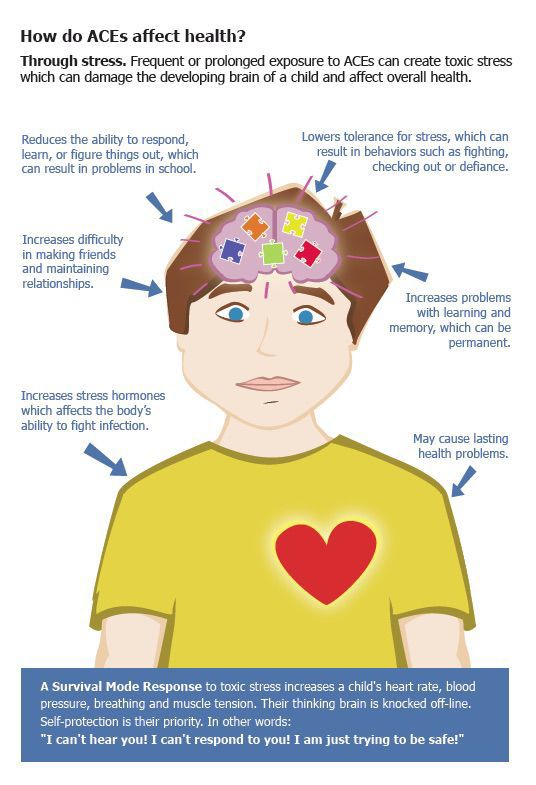
Often a child simply cannot find friends, because he does not find peers who are close in interests or in spirit in the group in which he is. As a result, parents try to enroll their child in as many circles or sections as possible. But it is important to remember that the child is at school most of the time and in any case he needs to establish contacts in his class. nine0005
Remember that if the school organizes some activities, the child must be there. You can sacrifice classes in the circle, because the child is part of a team that has its own rules. Do not neglect these rules.
4. Unformed communication skills. When parents teach a child only one type of behavior (“they beat you - beat you too” or “they beat you - run, be rude - rude”), the child loses understanding and awareness of other models. It is necessary to develop different skills. The child must see what can be done depending on the situation: explain, warn and hit and run as well. nine0005
If a child has a large number of behaviors in stock, he is less susceptible to stress and third-party influences.
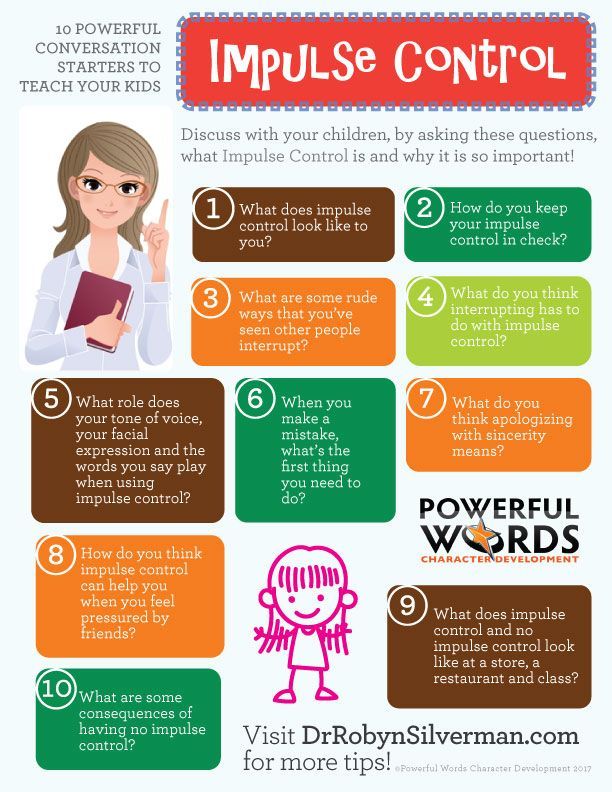
5. Low self-esteem. Now quite often the following happens: the child develops as a failed personality. This is due to the fact that parents deprive the child of independence and do everything for him. Self-doubt breeds problems. An insecure person does not make contact. The problem of uncertainty can manifest itself as a lock on itself or as anxiety or aggressiveness. nine0005
6. Substitution situations. Sometimes a child who does not have friends and full communication, parents buy a pet. But, as a rule, this does not correct the situation. The child does not take care of the dog or cat, the parents begin to get angry and complain, and the problem gets worse. After all, nothing can replace full-fledged human communication. The same thing happens when parents offer a replacement gadget to a bored son or daughter. In such a situation, it is better to let the child get bored so that he can try to find an activity that will really captivate him. Ideal if it will be some kind of joint family pastime. In this situation, it is better to sacrifice your affairs and involve the child in a common cause that unites and will definitely not allow him to feel alone. nine0005
In this situation, it is better to sacrifice your affairs and involve the child in a common cause that unites and will definitely not allow him to feel alone. nine0005
Invisible child: how dangerous is loneliness in childhood?
Giovanni Bragolin, The Crying Boy (1950s), detail; Image from wikipedia.orgI have no friends
“Mom, I don't want to go to school. No one is friends with me there. They don't seem to notice me at all."
Mom only sighed in response. She didn't know how to help.
Communication at school did not work out for my son from the very beginning. For some reason, I could not join the company of classmates. Even just chatting about nothing for some reason did not work. Already in the fifth grade, he suffered so much. Here are the guys at recess bludgeoning each other quite friendly, running into some kind of football, where instead of a ball there is an eraser, and only he presses against the wall. And no one invited him to visit, and when he once plucked up courage and invited several people to his birthday, no one came.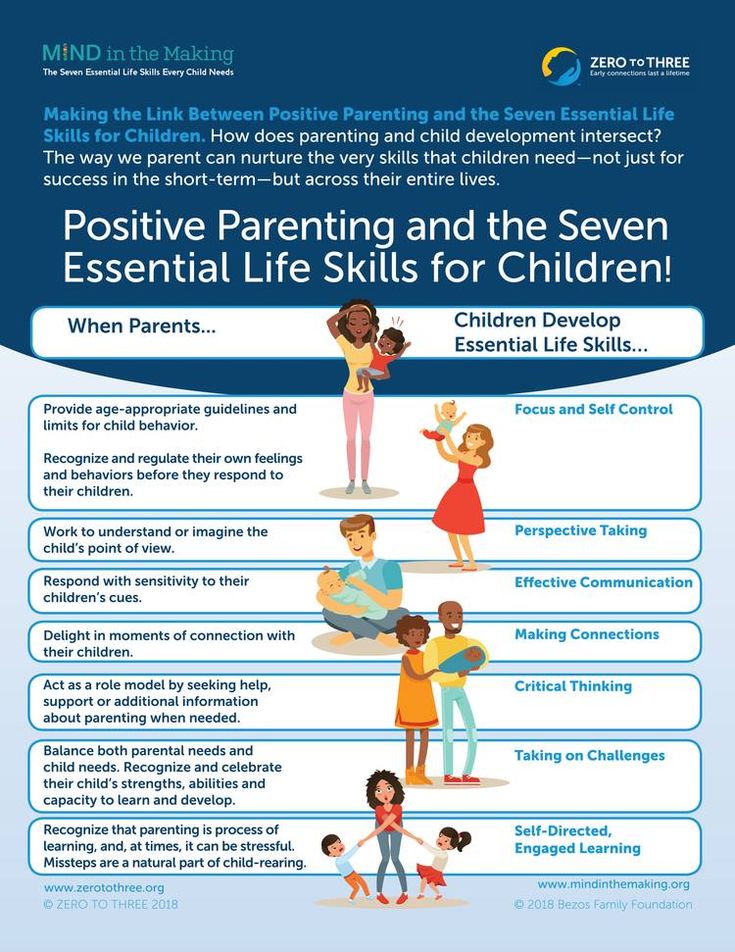 Birthday, of course, was fucked up completely. nine0005
Birthday, of course, was fucked up completely. nine0005
At first, my mother advised me to be active yourself. Vanya showed: he brought sweets to school, gave others his phone with games, tried to joke and entertain others, diligently laughed at the “jokes”, started, but the sweets were eaten, the discharged phone was carelessly thrown to the owner, and nobody needed Vanya himself. His jokes were not laughed at, they were not included in the general conversation. Sometimes he thought he was invisible.
Vanya could not understand why he was worse than the others. Every evening, going to bed, he imagined tomorrow's dull day, the sad changes in which he would stand against the wall. The world seemed to Vanya cold, alien and indifferent. This thought made me want to curl up in a ball, crawl into a hole and never get out. And only dream that someday someone will come, pull it out and start playing with it. Anyone! nine0005
Comments Anton Sorin, child and adolescent psychologist, general director of the Kvartet psychological center:
Problem with the consequences
– Rejection by the children's team is a serious wound for a child, it can lead to the most sad consequences in his life .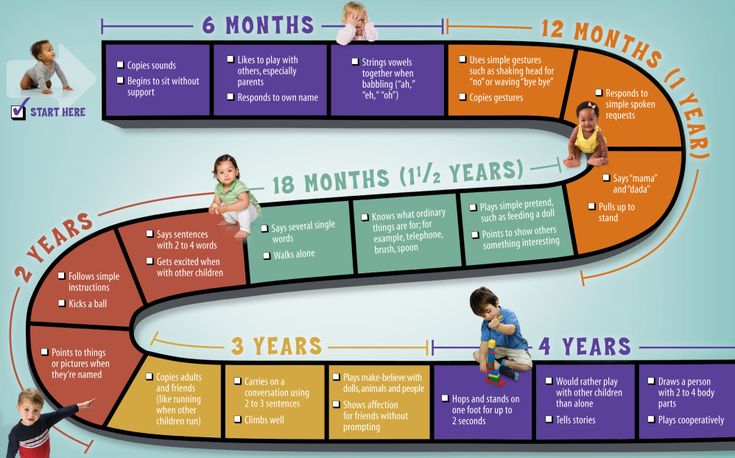 And above all, the seriousness of the problem should be understood by parents, and not dismissed in the hope that it will pass with age or somehow work out. If parents see that in a new team for a long time the child has no friends or just friends, there are no friendly contacts, and at the same time he himself suffers from loneliness, he himself complains about it - it is necessary to react. nine0005 Child and adolescent psychologist Anton Sorin. Photo: vk.com
And above all, the seriousness of the problem should be understood by parents, and not dismissed in the hope that it will pass with age or somehow work out. If parents see that in a new team for a long time the child has no friends or just friends, there are no friendly contacts, and at the same time he himself suffers from loneliness, he himself complains about it - it is necessary to react. nine0005 Child and adolescent psychologist Anton Sorin. Photo: vk.com
Beware of perceiving the child's suffering as a whim and of your answers in the spirit of "it's your own fault." This will not help the cause, but will only strengthen the child in the idea that even parents see “something not right” in him. Now it is your parental unconditional love and support that is needed and objectively super important. The child should feel that, at least at home, he is accepted, understood and on his side.
Talk to him
It is necessary to find out what could be the problem with the child himself.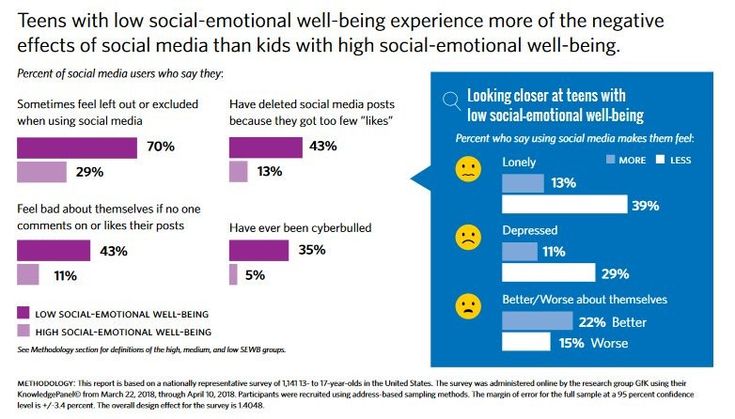 After all, if it is not accepted over and over again in different companies, then most likely it is in him. Or rather, in what is laid down in it by parental upbringing. And by the way, it is this factor that can turn out to be a pitfall in parental assistance to your child. Indeed, in the analysis of the problems of the child, it is our parental mistakes, complexes, stereotypes that can come to light. Therefore, if we want to help, we have to be courageous, otherwise nothing will work. nine0005
After all, if it is not accepted over and over again in different companies, then most likely it is in him. Or rather, in what is laid down in it by parental upbringing. And by the way, it is this factor that can turn out to be a pitfall in parental assistance to your child. Indeed, in the analysis of the problems of the child, it is our parental mistakes, complexes, stereotypes that can come to light. Therefore, if we want to help, we have to be courageous, otherwise nothing will work. nine0005
Well, first you need to understand that any children's team is formed according to certain general, often formal, criteria. In order to become a part of it, you need to meet the requirements that this team makes. For example, to become a part of the company of today's 7-8th graders, you need to be quite "experienced" in the field of computer games. Very often, children do not accept a child for the reason that “it is not interesting with him”, he does not do what everyone else does, there is nothing to talk about with him.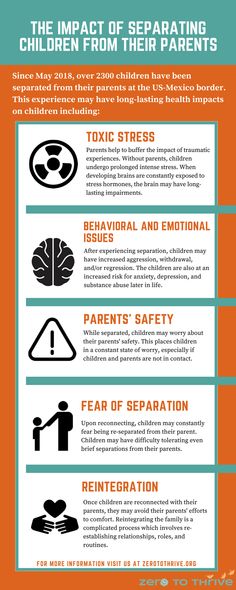 nine0005
nine0005
Parents should gently but confidently convey to the child that his loneliness depends not only on other children, but also on himself. After all, there are a huge number of children who are accepted. And if he wants to change the situation, then first of all you need to look at yourself, think and understand what it is about him that does not attract others. In no case should you blame the child, speak with intonations of pretension, do not use Mishka or Sasha as an example, who have a lot of friends and everyone adore them. But you can invite the child to take a closer look at yourself. Perhaps he looks down on everyone? Or vice versa, too accommodating? Or can't talk about any of the general topics? nine0005
This is a very complex action that requires parental attention - to understand what the child himself thinks about the children around him, how he perceives them. If he looks down on them, if in the depths of his soul he considers them fools, then he can not count on a good attitude on their part.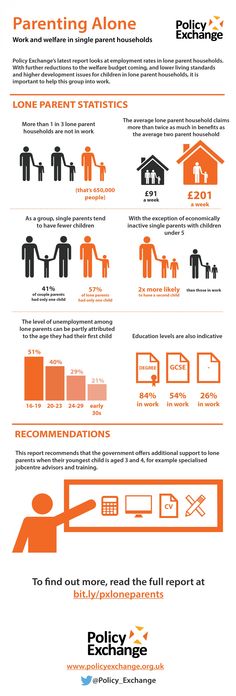
If, on the contrary, he considers them better than himself, perceives them as dominants, tries to adapt to them from below, gives them his sweets, things, behaves like a clown, bends, fawns, then the chances are that they will perceive him as an equal, also no. Weaklings in children's groups do not like, and this should also be explained to the child. You can't buy a child's location. If you don't respect yourself, no one will respect you. But why the child does not respect himself is a question for parents. Do they respect him? nine0005
Together with the child, it is necessary to determine whether he needs this particular team or whether he is just so lonely that he is ready to join any company. Each circle has its own list of interesting topics that a child could share to become his own.
This does not mean that the child should by force choose those topics that he does not like at all, if only he would be accepted. But among those interests that the team has, there may well be those close to the child. And if there are none, then is it worth worrying about not getting into such a team? All the same, communication really won’t work there, it’s impossible to pretend for a long time. Maybe you should look for like-minded people elsewhere? After all, the company is needed not only in order to “join the pack”, although, of course, a child exhausted by loneliness is ready for anything, if only they were taken into the “pack”, recognized as one of their own. nine0005
And if there are none, then is it worth worrying about not getting into such a team? All the same, communication really won’t work there, it’s impossible to pretend for a long time. Maybe you should look for like-minded people elsewhere? After all, the company is needed not only in order to “join the pack”, although, of course, a child exhausted by loneliness is ready for anything, if only they were taken into the “pack”, recognized as one of their own. nine0005
Look for alternative groups for communication
If it turns out that the child, in general, is not very interested in the company at school, but he is so sad alone that he is ready to break himself, just to be accepted, then it's time to diversify his circle communication. Let him go not only to school, but also to hobby groups, to different studios, let him communicate with different children (of course, it is worth watching so that he does not get, for example, into a yard company), let him look for where he is interested.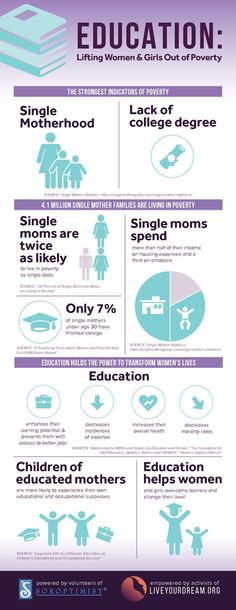 Maybe he will not just become his own somewhere, but even begin to form a company around himself. The main thing is to catch the child before he loses confidence in himself and begins to withdraw from the world. nine0005
Maybe he will not just become his own somewhere, but even begin to form a company around himself. The main thing is to catch the child before he loses confidence in himself and begins to withdraw from the world. nine0005
It is not uncommon and not surprising if at first children do not fit into any society; they eventually find a company in a different environment. For example, children with above-average intelligence in a regular district school may suffer from social exclusion, and when they get to a good advanced school, where they are surrounded by equally smart children, they quickly find friends.
But parents should remember that their child is at risk and may not be accepted by other children if he is very different from them in some way. It can be any individual features of thinking, behavior, appearance, speech. Such children are not included in children's communities; moreover, they are bullied. This cruelty has its own explanation: children are rather disturbing creatures, it is easier and easier for them in the company of their own kind.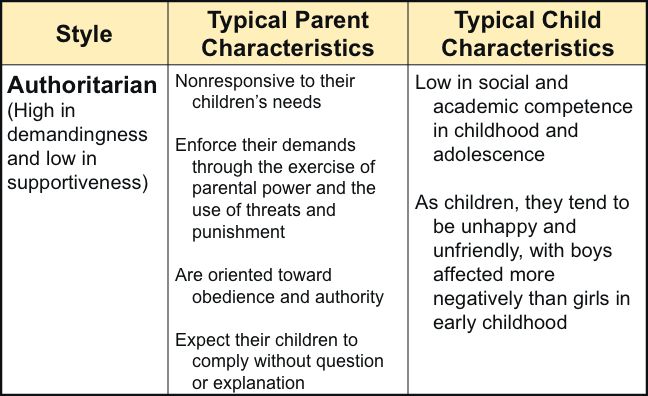 And peers who are different from the majority are excellent objects in order to ridicule them and boycott such anxiety, to feel more confident and comfortable next to them. nine0005
And peers who are different from the majority are excellent objects in order to ridicule them and boycott such anxiety, to feel more confident and comfortable next to them. nine0005
It happens that a child has serious differences from other children that he himself cannot change, for example, stuttering, nervous tics, low income, physical injury. In such cases, parents should make as much effort as possible to eliminate or minimize this disadvantage if possible. But in any case, whether this is possible or not, the child needs to be explained that all people are different, everyone has different characteristics, and everyone can find a certain social circle for themselves.
It is fundamentally important that the child does not treat his own peculiarity as something negative and limiting. Then others won't see it that way. They do not play only with those children with special needs who emphasize, highlight, embarrass them or do not accept these special features.
What threatens children's loneliness?
The biggest danger of loneliness is that the child's self-esteem begins to decline sharply. Social isolation (reinforced by parental inattention) gives the child the feeling that he is not like everyone else, he is the worst of all, no one will ever be interested in him and he will always be alone. The child reacts to such stress in accordance with the characteristics of his nervous system. Someone will become depressed, someone will look for another company that will accept and be supportive, and here there is a risk of running into a bad company. nine0005
Social isolation (reinforced by parental inattention) gives the child the feeling that he is not like everyone else, he is the worst of all, no one will ever be interested in him and he will always be alone. The child reacts to such stress in accordance with the characteristics of his nervous system. Someone will become depressed, someone will look for another company that will accept and be supportive, and here there is a risk of running into a bad company. nine0005
This is often used by drug dealers, cultists and pedophiles. Pedophiles generally love lonely children terribly. The opportunity to be with someone, the desire to be chosen, needed by someone for a child is so important that he is sometimes ready to go anywhere, with anyone who only calls him. It is so important for him to be included in the relationship that it becomes almost unimportant what kind of relationship it is.
There are also a huge number of children for whom school loneliness remains a trauma forever and in adulthood comes back to haunt very low self-esteem and even a complete rejection of social interaction.
